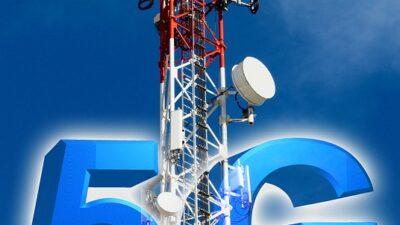In the heart of the 21st century, the way we interact with technology is evolving at an unprecedented pace. At the forefront of this transformation is the Internet of Things (IoT), a network of interconnected devices that communicate and share data. From smart homes to intelligent transportation systems, IoT is reshaping our everyday lives, altering industries, and redefining the very fabric of society.
Understanding the IoT Landscape
The Internet of Things refers to the vast network of physical objects—ranging from household appliances to industrial machinery—that are embedded with sensors, software, and connectivity capabilities. These devices can collect and exchange data over the internet, allowing them to communicate with each other and make autonomous decisions. This interconnectivity empowers users and organizations to optimize operations, enhance efficiency, and create entirely new experiences.
Everyday Applications of IoT
-
Smart Homes: One of the most visible manifestations of IoT is the smart home. Devices like smart thermostats, lights, and security systems enable homeowners to control their environments remotely via smartphone apps. This not only enhances convenience but also contributes to energy savings and improved security.
-
Healthcare Innovations: In the healthcare sector, IoT devices like wearable fitness trackers, remote patient monitoring systems, and smart medical equipment are transforming patient care. These devices allow for real-time monitoring of health metrics, leading to timely interventions and more personalized treatment plans.
-
Industrial IoT (IIoT): Industries are leveraging IoT for predictive maintenance, supply chain optimization, and automation. Sensors on machinery can monitor performance and predict potential failures, reducing downtime and maintenance costs. Additionally, smart logistics solutions can track inventory in real-time, ensuring that businesses stay agile.
- Smart Cities: Urban areas are increasingly adopting IoT solutions to improve infrastructure and quality of life. Smart traffic lights can adapt to real-time traffic conditions, reducing congestion, while smart waste management systems optimize collection routes. These innovations lead to greener, more efficient cities.
The Benefits of IoT
The IoT revolution is accompanied by a multitude of benefits that touch nearly every aspect of modern life:
-
Increased Efficiency: Automation and real-time data analysis facilitate quicker decision-making, enhancing productivity across various sectors.
-
Cost Savings: By optimizing operations and energy consumption, IoT solutions can lead to significant financial savings over time.
-
Enhanced User Experience: Personalized services made possible through IoT technology allow for tailored user experiences, increasing satisfaction.
- Sustainability: IoT technologies can contribute to environmental sustainability by promoting energy conservation and more efficient resource management.
Challenges and Considerations
While the potential of IoT is immense, it is not without challenges:
-
Security and Privacy: As devices become interconnected, the risk of cyberattacks increases. Protecting sensitive data and ensuring user privacy are paramount challenges that must be addressed.
-
Interoperability: With numerous devices and platforms in the market, ensuring that these systems can work together seamlessly is critical. Industry standards and protocols are needed to facilitate this interoperability.
- Scalability: As more devices come online, the infrastructure must be capable of handling vast amounts of data and connectivity without degradation of service.
The Future of IoT
The future of IoT is bright yet complex. As more devices become networked, the potential applications will continue to expand. Key trends to watch include:
-
5G Connectivity: The rollout of 5G networks will enable faster and more reliable communication between IoT devices, paving the way for even more sophisticated applications.
-
Artificial Intelligence: Integrating AI with IoT will enable predictive analytics, enhanced automation, and smarter decision-making, pushing the boundaries of what is possible.
- Edge Computing: Processing data closer to the source (the "edge") reduces latency and bandwidth usage, improving efficiency and real-time responses.
Conclusion
The IoT revolution is reshaping our world in remarkable ways, transforming how we live, work, and interact with our environment. While the challenges are significant, the opportunities for innovation and improvement are vast. As we move forward, the continued evolution of IoT will undoubtedly unlock new frontiers, ultimately leading to a more connected, efficient, and intelligent world. Embracing this change will be crucial for individuals, businesses, and society at large as we navigate the complexities of this new era.



